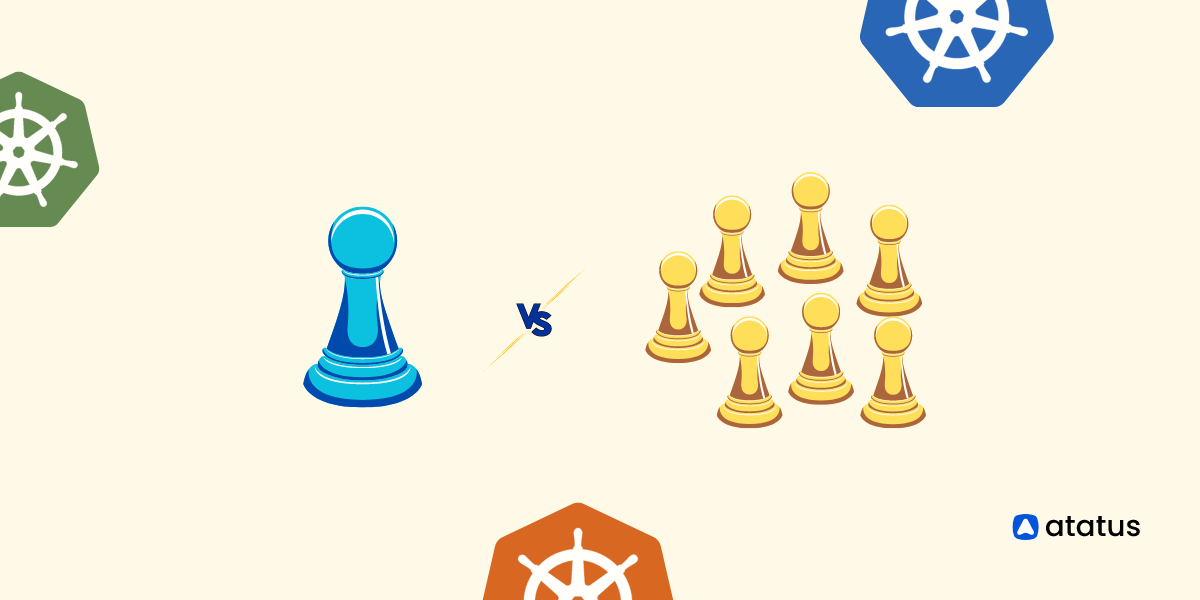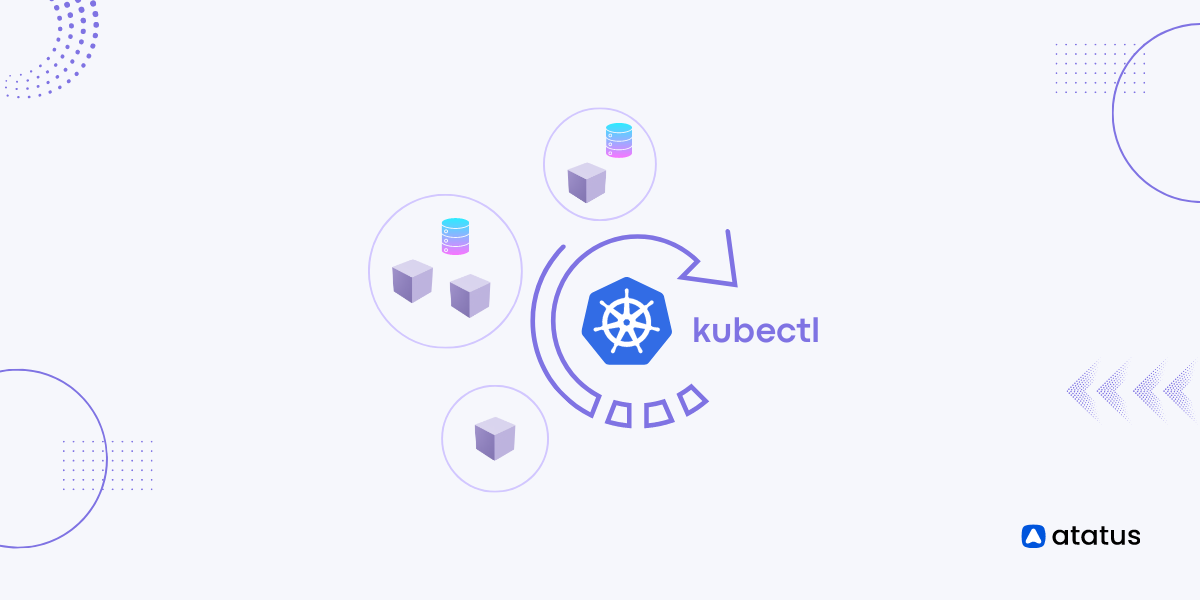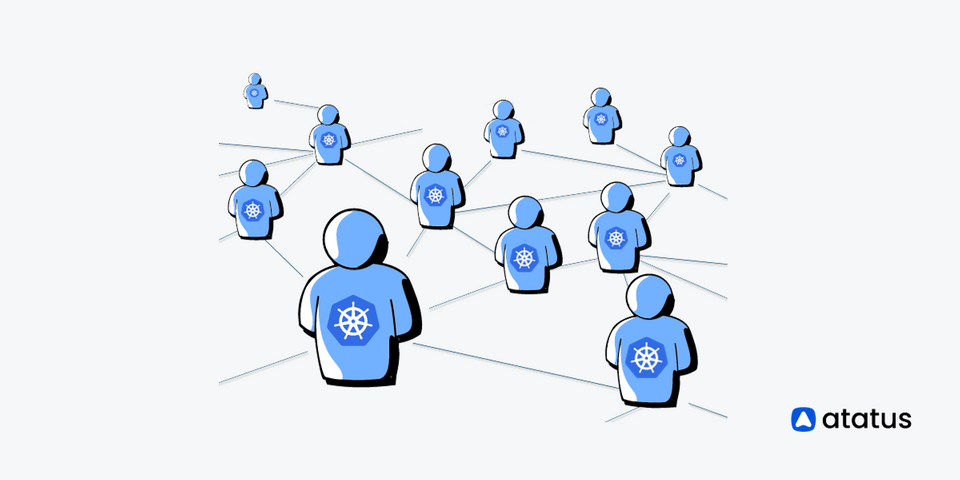Choosing the Right Kubernetes Cluster Setup: A Comprehensive Guide
Kubernetes has revolutionized how modern applications are deployed, managed, and scaled. As the container orchestration platform of choice, Kubernetes provides a dynamic and highly efficient environment for running containerized applications.
At the heart of this ecosystem lies the intricate relationship between Kubernetes and the applications residing within its clusters. Applications within Kubernetes clusters are arranged through Pods, which are managed and scaled by various controllers.
Services and Ingress controllers facilitate networking and external access, while ConfigMaps, Secrets, and Volumes handle configuration, secrets, and data persistence. Combining these components creates a robust and flexible environment for deploying and managing applications within Kubernetes clusters.
Whether you're a developer aiming to streamline deployment processes or an IT professional orchestrating the complexities of a distributed system, understanding how Kubernetes interacts with applications is essential.
Table Of Contents:-
- Importance of Proper Cluster Design
- Fcators Influencing Cluster Count
- Single Cluster vs. Multiple Cluster
- Different Cluster Scenarios:
- What Should be Ideal Clustering?
Importance of Proper Cluster Design
The proliferation of application instances within Kubernetes clusters can lead to several challenges related to cluster space and resource utilization. As the number of application replicas grows, these challenges can impact the overall efficiency, performance, and manageability of the cluster.
If your clusters are not properly designed, you might be facing these challenges:
- When many applications fight for CPU and other resources, their overall efficiency reduces and can result in lagged application performance
- Inefficient scheduling of pods on available nodes due to excessive resource requests
- Network congestion will cause communication gaps within pods and render degraded performance
- Persistent storage solutions will run out of space
- Limitations on scaling efficiency
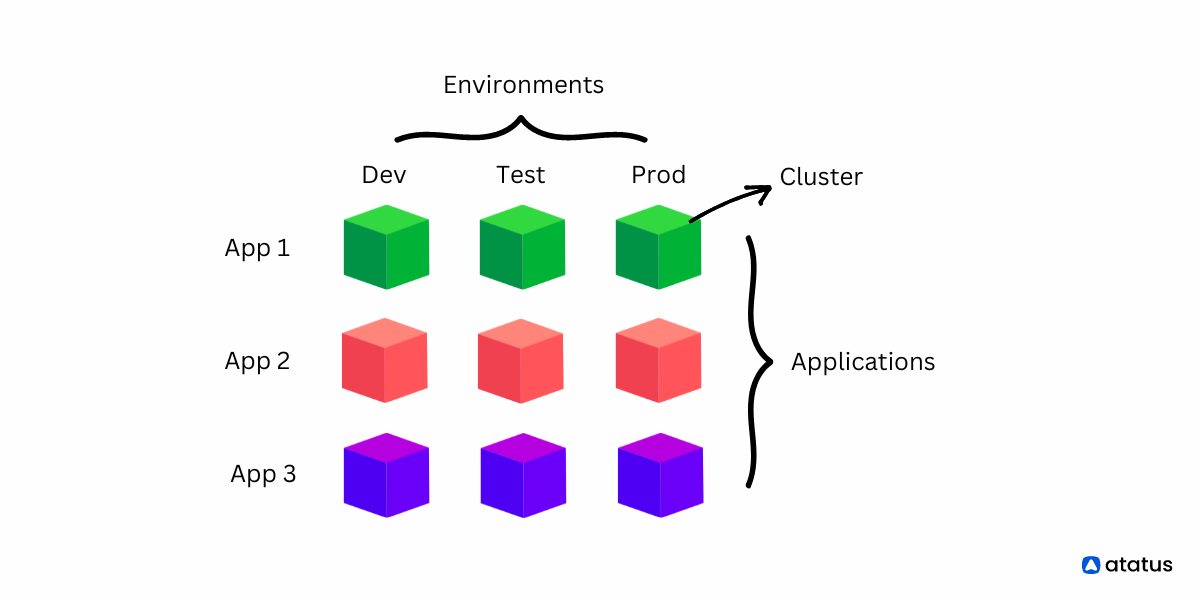
As you can see in the above image, there are three application and three application environments before deployment. All of these together make nine application instances. So instead of three deployable applications we are getting nine replicas.
This matrix increases our choices but how do we fit them into containers. Should we combine them in a single large cluster or go for individual smaller clusters?
And that is why a proper cluster design in Kubernetes (K8s) is essential for creating a stable and manageable environment to host your applications.
A well-designed cluster not only ensures optimal resource utilization but also contributes to the reliability, scalability, and security of your applications.
Factors Influencing Cluster Count
We have seen how managing clusters directly comprehends to application performance and efficiency. And so fixing the right cluster count for your Kubernetes also becomes very important.
These are the factors that you need to look out for:
- Workload isolation clusters to separate applications having different environment needs.
- The number of clusters should be coordinated with the resource availability.
- Large scale applications might require dedicated clusters focussing only on its scalability but microservices can be grouped together within the same cluster most of the time.
- Geographical location of business matters - if you have a cluster in located in the country of operation, it will reduce latency and improve trust for its users there.
- Clusters can be dedicated to different deployment environments, such as development, testing, and production. This approach isolates changes and reduces the chances of disrupting production environments during testing.
- Network and traffic considerations.
- Cost efficiency and team requirements must also be taken into account.
Kubernetes was originally designed to be a single-tenant system, so it would be valid to have a cluster per environment or per use case. As an alternative, you can have a large, shared cluster and separate workloads by namespaces or custom resources like vClusters.
Single cluster vs. Multiple cluster
Deciding between a single Kubernetes cluster and multiple Kubernetes clusters depends on various factors, including workload characteristics, organizational structure, resource availability, security requirements, and operational complexity.
Let's explore the advantages and considerations of both approaches:
| Aspect | Single Cluster | Multiple Clusters |
|---|---|---|
| Workload Isolation | Limited isolation between namespaces. | Strong isolation between clusters, ideal for strict security needs. |
| Resource Utilization | May lead to inefficient resource utilization. | Better resource management and isolation for specific workloads. |
| Operational Complexity | Simpler management and fewer moving parts. | More complex management due to multiple clusters. |
| Networking Complexity | Easier networking setup within a single cluster. | Network configuration complexity increases with multiple clusters. |
| Scalability | Scalability limited by cluster capacity. | Scalability is more granular and independent across clusters. |
| High Availability | Vulnerable to cluster-wide failures. | Better fault isolation due to separate clusters. |
| Deployment Environments | Different environments in the same cluster. | Separate clusters for different environments. |
| Geographical Distribution | Limited to the cluster's physical location. | Suitable for applications that need distribution across regions. |
| Resource Isolation | Limited isolation through namespaces and resource quotas. | Strong isolation for resource-heavy workloads. |
| Security and Compliance | Less suited for strict security needs. | Better suited for strict security and compliance requirements. |
| Upgrade and Maintenance | All applications upgraded together. | Granular upgrade control for different clusters. |
| Team Autonomy | Shared resource pool can lead to conflicts. | Teams have more autonomy and isolation in separate clusters. |
| Cost Management | Can be more cost-effective for small setups. | May incur higher infrastructure costs for managing multiple clusters. |
| Development vs. Production | May not be ideal for separating environments. | Easier environment separation for development, testing, and production. |
Different Cluster Scenarios
The choice of cluster scenarios in Kubernetes depends on your organization's specific requirements, priorities, and trade-offs. Each scenario has its own advantages and challenges. Let's explore the different cluster scenarios:
1. One Large Shared Cluster
A single large shared Kubernetes cluster refers to a centralized environment where multiple applications, teams, and workloads coexist within a unified Kubernetes infrastructure. This approach emphasizes resource efficiency, operational simplicity, and collaborative resource sharing.
In this setup, various applications and teams share the same cluster resources, enabling seamless communication and collaboration while minimizing overhead.
While it offers streamlined management and resource consolidation, challenges related to isolation, security, and scalability need to be addressed through proper resource allocation, role-based access controls, and careful workload planning.
A large shared cluster is suited for organizations looking to optimize resource utilization, encourage cross-team collaboration, and simplify cluster management under a unified infrastructure.
Pros:
- Resource Efficiency
- Operational Simplicity
- Cost-Effectiveness
- Shared Services
Cons:
- Resource Contentions
- Isolation Concerns
- Application Diversity will be challenging
- Limited Fault Isolation
- Scalability Limits
2. Many Small Single-use Clusters
It is a strategy where organizations create individual Kubernetes clusters for specific, isolated purposes. Each cluster is tailored to a particular workload or application, resulting in a cluster-per-use approach.
This strategy offers strong isolation, security, and resource segregation, as each cluster serves only one purpose. However, managing numerous small clusters can lead to increased operational complexity, resource fragmentation, and higher administrative overhead.
This approach is suitable when stringent isolation is required for workloads with varying security, compliance, or resource needs. Organizations need to carefully balance the benefits of isolation against the challenges posed by managing multiple clusters.
Pros:
- Strong Isolation for environments
- Resource Segregation
- Fault Isolation
- Autonomy
Cons:
- Operational Complexity
- Resource Fragmentation
- Networking Challenges
3. Cluster Per Application
The "Cluster per Application" approach in Kubernetes involves dedicating a separate Kubernetes cluster for each individual application. This strategy ensures strong isolation, security, and resource optimization tailored to the specific needs of each application.
By providing independent environments, resource allocation can be fine-tuned, and maintenance activities can be conducted without affecting other applications.
While offering heightened security and reduced potential for conflicts, this approach introduces operational complexity and resource overhead due to managing multiple clusters.
"Cluster per Application" is particularly suited for organizations with stringent security and isolation requirements or those seeking to prevent interference between applications, even though it demands careful resource management and coordination across the multiple clusters.
Pros:
- Each application has its own dedicated cluster, ensuring strong isolation and minimizing security and compliance risks.
- Resources are optimized for each application's requirements, preventing resource contention.
- Upgrades and maintenance activities can be conducted on a per-application basis, reducing overall disruption.
Cons:
- Operational Overhead
- Resource Overhead
- Coordinating application deployment and updates across numerous clusters can be challenging.
4. Cluster Per Environment
Here, each development environment, such as development, testing, staging, and production, is hosted on its own dedicated Kubernetes cluster. This strategy ensures strict isolation between environments, minimizing the risk of unintentional changes or configurations from one environment affecting another.
It promotes stability, especially in production, by safeguarding it from potential disruptions that might occur in development or testing phases. However, this approach might introduce operational complexities, as teams need to manage, monitor, and maintain multiple clusters.
While resource duplication across clusters can lead to increased costs, the benefits of enhanced security, clear separation of concerns, and environment-specific optimizations often justify the cluster-per-environment design for many organizations.
Pros:
- Each environment (e.g., Dev, Test, Prod) is isolated within its own cluster, minimizing the risk of configuration drift or conflicts.
- Environments can be more effectively isolated for testing and validation, reducing the chances of impacting production.
- Isolation improves security by limiting the impact of security breaches to a specific environment.
Cons:
- Running multiple clusters per environment can lead to duplicated resources, resulting in increased costs and potential resource inefficiency.
- Managing multiple clusters per environment requires additional operational effort and expertise.
- Coordinating communication and integration between different environment clusters can be complex.
Hybrid Approach
Organizations can also consider a hybrid approach, using a combination of single and multiple clusters. For example, maintaining a single cluster for development and testing while using separate clusters for production workloads can provide a balance between simplicity and isolation.
What Should be Ideal Clustering?
Throughout this article, we have discussed the importance of figuring out how to manage clusters - whether to choose single or multiple clusters, even with multiple clusters - how to divide them - per environment or per application, etc. to give you a further boost, we will explain some customized solutions that can be adopted according to your business needs. We are separating businesses based on their size as small startups, medium enterprises, and large industries.
a.) For Small Teams or Startups - The Lean Approach
Small teams or startups often need to optimize for simplicity, agility, and cost-effectiveness. The goal is to achieve a balance between managing the cluster effectively and focusing on core business activities.
- Start with a single cluster to minimize operational overhead. Use Kubernetes namespaces to segregate workloads, environments, and teams within the same cluster.
- Optimize resource utilization by defining resource requests and limits appropriately for your workloads.
- Utilize CI/CD pipelines for automated application deployment, updates, and scaling.
- Consider using managed Kubernetes services provided by cloud providers to offload some of the management tasks.
b.) For Enterprises - Balancing Autonomy and Control
Enterprises typically have diverse teams, multiple projects, and a need for standardized practices while allowing teams some level of autonomy.
- Adopt a cluster-per-environment approach to ensure isolation between development, testing, and production environments.
- Implement Role-Based Access Control (RBAC) to manage access at a granular level. Define security policies and best practices.
- Embrace GitOps practices for configuration management and CI/CD pipelines to ensure consistent and auditable deployments.
- Use centralized monitoring tools to gain visibility into the health and performance of all clusters.
c.) For Highly Regulated Industries - Security and Compliance First
Industries with strict security and compliance requirements must prioritize data protection and regulatory adherence.
- Use multiple clusters to isolate different workloads and projects to ensure strong security boundaries.
- Consider an air-gapped environment or private cloud setup to have more control over network access and data flow.
- Implement data encryption at rest and in transit to maintain data integrity and confidentiality.
- Conduct regular security audits and vulnerability assessments to ensure compliance with industry regulations.
- Utilize admission controllers and policies to enforce security and compliance rules during deployments.
- Stay vigilant about security updates and patches to mitigate potential vulnerabilities.
- Establish a dedicated security team or personnel responsible for maintaining security posture.
Remember that these recommendations are not one-size-fits-all solutions. It's important to assess your organization's unique needs, existing infrastructure, and expertise when adopting Kubernetes clusters. Additionally, continuous evaluation, learning, and adaptation are key to ensuring that your cluster strategy aligns with evolving business requirements.
Conclusion
Adopting single or multiple clusters in Kubernetes is a task in itself. It requires careful evaluation of business needs, including scalability, security, and cost-effectiveness.
While single clusters offer simplicity and ease of management, multiple clusters provide better isolation and fault tolerance. Ultimately, it is up to each organization to determine the best approach for their unique circumstances.
Regardless of the chosen strategy, proper planning and implementation are crucial for success. With the help of experienced Kubernetes professionals, businesses can confidently adopt clusters that meet their specific requirements and scale as needed to support their growth.
Monitor Kubernetes Cluster with Atatus
Ensuring the optimal performance and health of your Kubernetes cluster is essential for smooth operations. With Atatus, you can simplify and enhance your Kubernetes cluster monitoring experience.
Atatus offers a comprehensive monitoring solution designed to empower you with real-time insights into your cluster's performance, resource utilization, and potential issues.
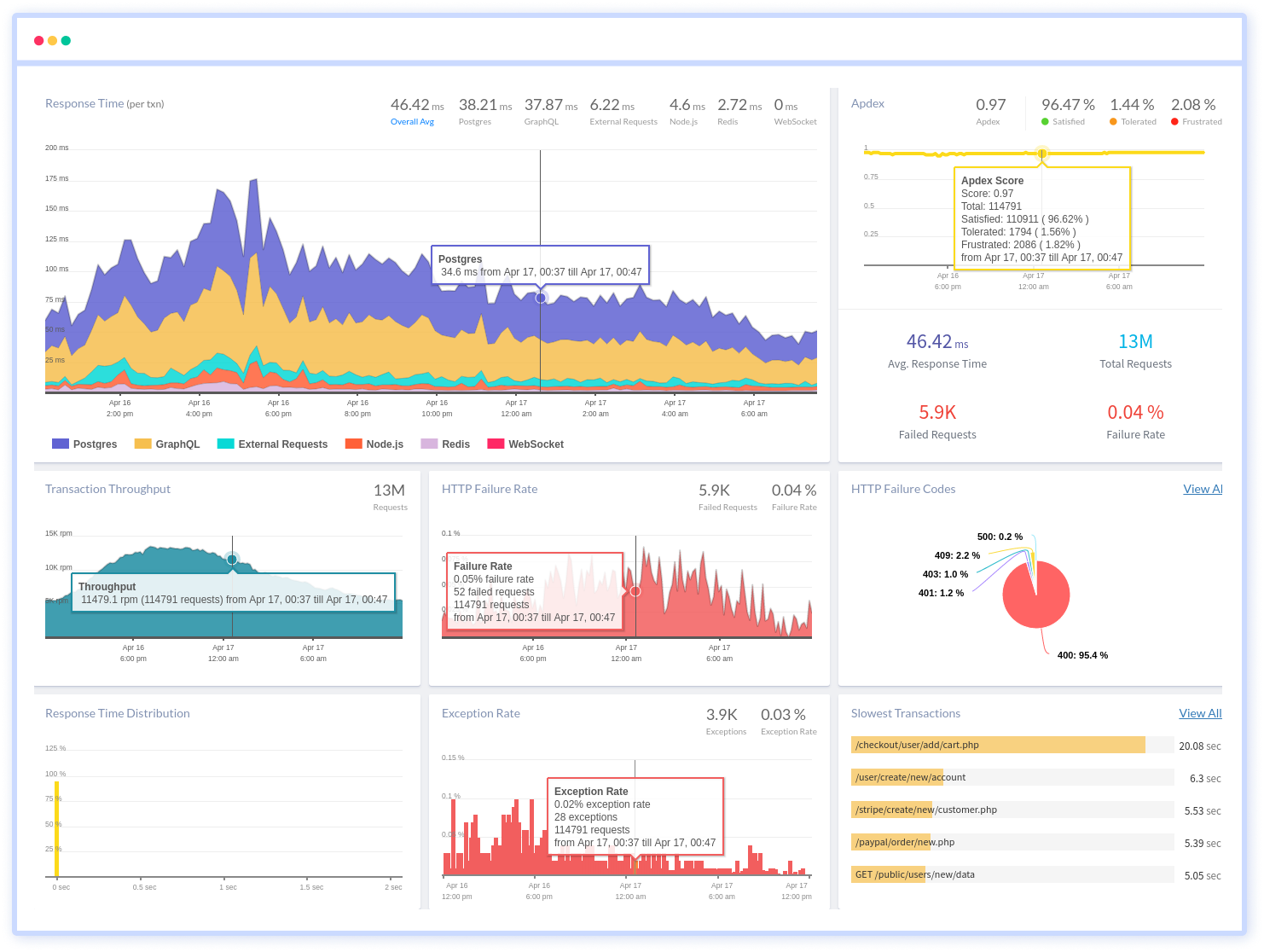
- Real-time insights on Kubernetes resources (Pods, Nodes, Containers, Services, etc.)
- Customize dashboards for focused Kubernetes metrics.
- Monitor Kubernetes logs and events.
- Set alerts for critical thresholds.
#1 Solution for Logs, Traces & Metrics
APM
Kubernetes
Logs
Synthetics
RUM
Serverless
Security
More

